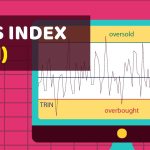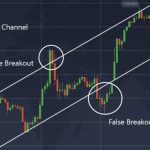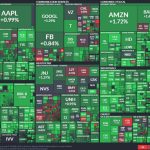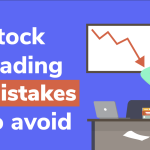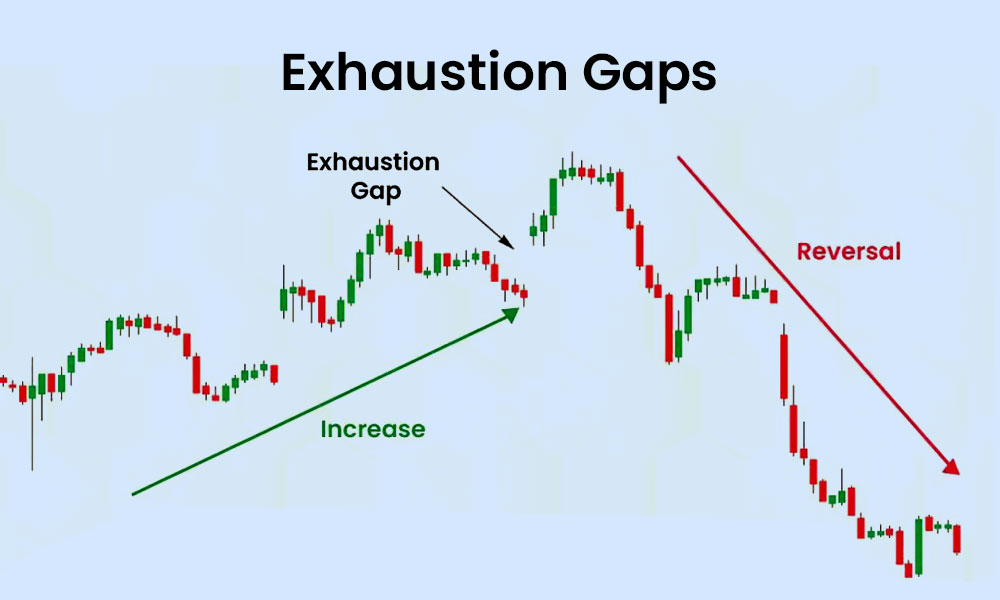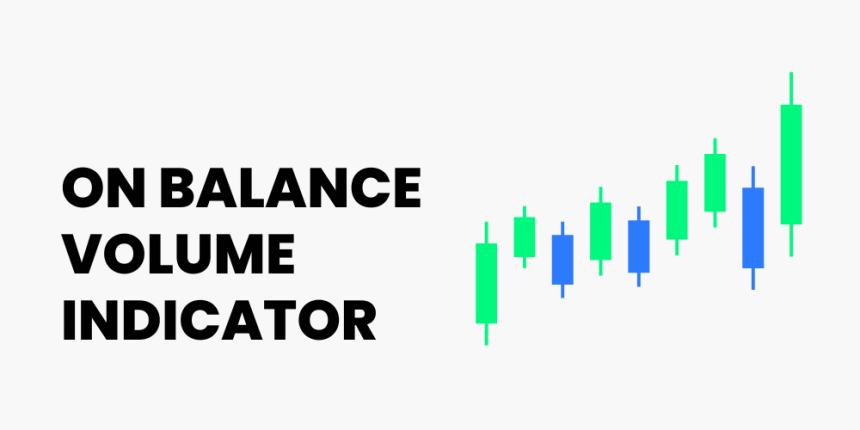
By ATGL
Updated April 23, 2025
In the fast-paced world of financial trading, indicators that offer clarity and confirmation of market trends are invaluable. The On-Balance Volume (OBV) indicator emerges as a crucial tool for traders, helping to decipher the underlying market sentiment by leveraging volume data. Developed by Joe Granville in the 1960s, OBV combines price and volume in a cumulative total, providing a unique perspective on price movements.
OBV’s primary purpose is to identify and confirm price trends through the analysis of trading volume, which can often preempt price changes. By assessing whether volume is flowing in or out of a security, traders can forecast potential market shifts with greater confidence. Mastering the calculation of OBV and integrating it into a coherent trading strategy can dramatically enhance decision-making precision.
This article delves into the intricacies of the OBV indicator, exploring its usage, calculation, and strategic application. It will also discuss the potential limitations traders should be aware of while offering insights on how to effectively leverage OBV in trading endeavors.
What Is On-Balance Volume (OBV)?
On-Balance Volume (OBV) is a key tool in technical analysis that balances buying and selling pressure by analyzing changes in trading volume. Created by Joseph Granville, OBV helps anticipate potential price movements by adding volume when an asset’s closing price increases and subtracting it when the price decreases. This results in a line that traders use to gauge overall market sentiment.
One primary function of OBV is to confirm existing trends or signal potential trend reversals. For instance, if price trends upward while OBV trends downward, this could indicate a bearish divergence, signaling a potential reversal. Alternatively, an upward OBV while price trends downward might signal a bullish divergence.
While OBV is a powerful leading indicator, it’s essential to use it with caution. Combining OBV with other technical indicators like moving averages can improve accuracy and mitigate false signals. In stable or low volatility markets, OBV might produce misleading information, so complementing it with other data and analysis tools is crucial for making informed trading decisions. Always consider combining it with other strategies in your trading toolkit for a more comprehensive approach.
What Is the OBV Indicator Used For?
The On-Balance Volume (OBV) indicator is a powerful tool for traders. Here’s how it can be used effectively:
- Confirming Trends: OBV helps confirm ongoing price trends by analyzing the cumulative volume changes corresponding to price movements. It verifies if the current trend is backed by buying or selling pressure.
- Identifying Potential Reversals: Traders use OBV to detect potential trend reversals. It highlights when a shift in the price direction might occur, allowing traders to adjust their strategies.
- Spotting Accumulation: OBV helps spot accumulation or distribution phases. An increasing OBV indicates accumulation, a sign of potential upward price moves, while a decreasing OBV suggests distribution.
- Early Signal of Breakouts: OBV provides early warning signals of market shifts. By detecting unusual volume changes, traders can anticipate breakouts before significant price moves occur.
- Filtering Trade Setups: By measuring buying and selling pressure, OBV helps filter trade setups, making it easier to discern high-probability trades.
The OBV indicator is a simple yet effective tool that enhances the decision-making process for traders by focusing on volume-related insights across stocks, commodities, and forex markets.
How to Calculate the On-Balance Volume Indicator
The On-Balance Volume (OBV) Indicator is a powerful tool used in technical analysis to predict future price movements. It combines price direction with trading volume to determine momentum. Here’s how to calculate it:
OBV Calculation Steps:
- Identify the Closing Price: Check if the asset’s current closing price is higher, lower, or equal to the previous day’s closing price.
- Volume Adjustment:
-
- If today’s closing price is higher than yesterday’s, add today’s volume to the OBV total.
-
- If today’s closing price is lower than yesterday’s, subtract today’s volume from the OBV total.
-
- If today’s closing price is equal to yesterday’s, the OBV remains unchanged.
- Cumulative Total: Continue this process daily to maintain a cumulative OBV total.
The formula is:
[ \text{OBV} = OBV_{\text{yesterday}} + \begin{cases} V & \text{if } P_{\text{today}} > P_{\text{yesterday}} \ -V & \text{if } P_{\text{today}} < P_{\text{yesterday}} \ 0 & \text{if } P_{\text{today}} = P_{\text{yesterday}} \end{cases} ]
Where ( P ) is the closing price and ( V ) is the volume.
This straightforward method helps traders anticipate price trends by observing volume changes.
Strategies for OBV Trading
The On-Balance Volume (OBV) indicator helps traders spot trend changes and breakouts by analyzing volume patterns. Here are some key strategies:
- Trend Confirmation: Use OBV with other indicators like the Relative Strength Index (RSI) to confirm trends. If both OBV and price are rising, an upward trend is likely.
- Divergence: Identify divergences between OBV and price movements. If the price is rising but OBV is falling, a potential reversal might be on the horizon.
- Breakout Anticipation: OBV can detect breakouts before price lines do. Monitor OBV for sudden changes which may indicate price breakouts.
- Support/Resistance Bounce: Use OBV to identify support and resistance levels. When OBV bounces off these levels, it may signify strong price moves.
- Integration with Other Indicators: Combine OBV with exponential moving averages. This reduces time lag, providing more responsive signals.
In high-trading markets, OBV offers clearer insights by leveraging abundant volume data. This makes it an essential tool in a trader’s arsenal.
What Are the Limitations of the OBV Indicator?
The On-Balance Volume (OBV) indicator is a popular tool in technical analysis but comes with several limitations:
- Possibility of False Signals: As a leading indicator, OBV can generate false signals. It may suggest a change in price trends that doesn’t materialize.
- Volume Dependency: OBV relies heavily on trading volume. It works best for assets with high trading volumes and is less reliable for less liquid investments.
- Susceptible to Sharp Volume Changes: Unexpected market announcements can cause sharp volume rises, distorting OBV readings and impacting its accuracy.
- Ignores Market Sentiments: OBV focuses only on price and volume, often overlooking vital factors like news or economic updates that influence market sentiment.
- Challenging Standalone Metric: As a single metric, the OBV may not provide complete market insight, especially in non-trending markets. Its reliability increases when used alongside other indicators.
- Market Limitations: The effectiveness of OBV is limited across varied asset classes, making it less adaptable in certain financial markets.
While OBV offers valuable insights for identifying trends, relying on it alone can result in misleading interpretations. To achieve a more complete market analysis, it’s essential to use OBV in conjunction with other technical indicators for trading—such as moving averages or RSI—to support a more robust and informed strategy.
Leverage the On-Balance Volume Indicator for Trading
The On-Balance Volume (OBV) indicator is a powerful tool for measuring buying and selling pressure in trading markets. Developed by Joe Granville, OBV focuses on trading volume changes to confirm trends and spot potential reversals. It adjusts a cumulative total volume by adding when asset prices rise and subtracting when they fall. This shows overall volume sentiment against price movements.
OBV is essential for traders seeking to identify divergences. When the OBV’s trend does not match the price trend, it may signal an upcoming trend change. This makes it a valuable aid in predicting price behavior.
Using OBV with other technical and fundamental analysis tools enhances decision-making accuracy. It reduces the risk of false signals, providing a clearer market picture. OBV works with various asset classes, including shares, commodities, and forex, making it a versatile volume indicator.
Incorporating OBV into your trading strategy can help anticipate trend shifts and support strategic decisions. Whether you’re swing trading or analyzing price trends, OBV offers insights that can strengthen your position in the financial markets. It is particularly useful when combined with other swing trading indicators, allowing traders to confirm momentum and time entries more effectively. As a widely used volume indicator, OBV enhances your ability to interpret market sentiment, making it a valuable asset across various asset classes. Join Above the Green Line today and learn more.


